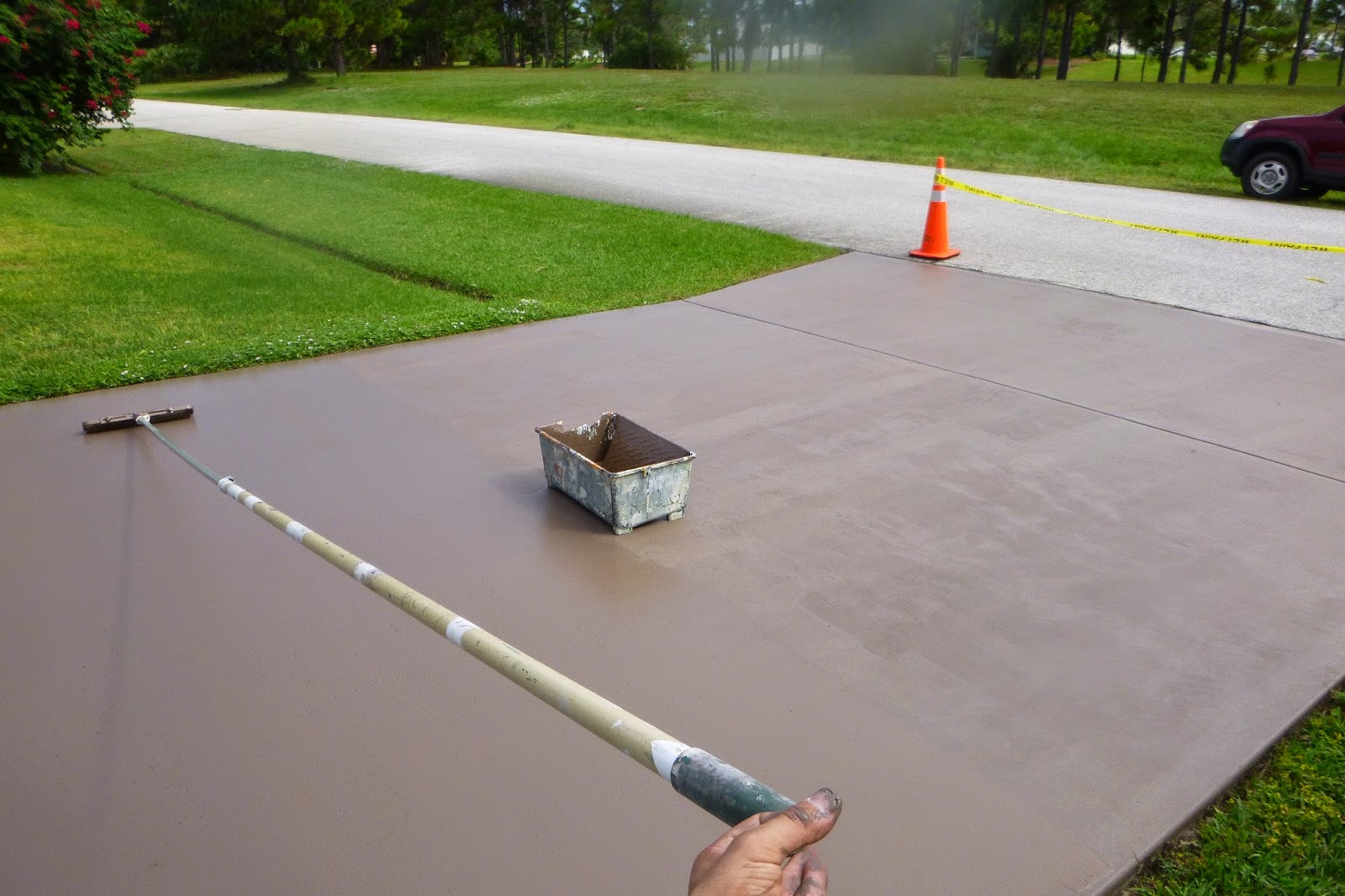

Articles
How Much Do You Need To Paint Driveway
Modified: February 28, 2024
Discover the perfect articles for your driveway painting project. Get expert tips and advice on how much paint you'll need for a flawless finish.
(Many of the links in this article redirect to a specific reviewed product. Your purchase of these products through affiliate links helps to generate commission for Storables.com, at no extra cost. Learn more)
Introduction
Painting your driveway not only enhances its appearance but also helps protect it from the elements and general wear and tear. Whether you want to give your driveway a fresh new look or simply maintain its condition, it is important to know how much paint you will need for the project.
There are several factors that can affect the quantity of paint required, including the size of the driveway, the type of surface material, and the desired number of coats. By understanding these factors and performing a few simple calculations, you can determine the exact amount of paint needed and ensure a successful painting job.
In this article, we will explore the factors that affect the paint quantity for a driveway, the steps to calculate the surface area, and the process to determine the amount of paint needed. We will also discuss the recommended types of paint for driveways, the necessary preparation steps before painting, and the application and maintenance of the paint.
So, if you are ready to give your driveway a fresh new look or want to maintain its condition, let’s dive into the world of driveway painting and discover how much paint you really need.
Key Takeaways:
- Transform your driveway with a fresh coat of paint to enhance its appearance and protect it from wear and tear. Calculate the paint quantity accurately and choose the right type of paint for a successful and long-lasting result.
- Proper preparation, application, and maintenance are essential for a beautifully painted driveway. Follow manufacturer’s instructions, allow for curing time, and implement regular upkeep to preserve the aesthetic appeal and protect the surface.
Read more: How Much Driveway Sealer Do I Need
Factors Affecting Paint Quantity
When determining how much paint you need for your driveway, there are several factors to consider. Understanding these factors will help you estimate the quantity of paint required for your specific project. Let’s take a closer look at the key factors that can affect the paint quantity:
1. Surface Material: The type of material used for your driveway can significantly impact the amount of paint needed. Whether your driveway is made of concrete, asphalt, or another surface material, each material has a different absorption rate and texture. Rough or porous surfaces may require more paint compared to smooth surfaces.
2. Number of Coats: The number of coats you intend to apply to your driveway will also affect the paint quantity. If you plan to apply multiple coats for better coverage and durability, you will need to account for the additional paint needed. Generally, two coats of paint are recommended for a long-lasting finish.
3. Size of the Driveway: The size of the driveway is a crucial factor in determining the paint quantity. Measure the length and width of your driveway to calculate the total surface area to be painted. The larger the surface area, the more paint you will need to cover it adequately.
4. Paint Coverage Rate: Each paint brand and product has a specific coverage rate mentioned on the packaging. This coverage rate indicates how much surface area can be covered with a single gallon of paint. Consider this coverage rate while estimating the paint quantity needed for your driveway.
5. Color and Contrast: The color and contrast that you want to achieve in your driveway can also influence the amount of paint required. Lighter colors may require more coats or a thicker layer of paint to achieve the desired effect. Additionally, if you plan to mix multiple colors or apply decorative patterns, it will impact the overall paint quantity.
By taking these factors into account, you can get a more accurate estimate of the paint quantity required for your driveway. It is always recommended to purchase slightly more paint than your initial calculation to account for any touch-ups or unforeseen circumstances during the painting process.
Calculating the Surface Area of the Driveway
Before determining the amount of paint needed for your driveway, you need to calculate the surface area to be painted. This step is crucial in obtaining an accurate estimation. Luckily, calculating the surface area of a driveway can be done using simple mathematical formulas. Here’s how to do it:
1. Measure the Length and Width: Start by measuring the length and width of your driveway using a tape measure. Make sure to measure the entire area that you plan to paint, including any curves or irregular shapes. Write down these measurements in feet or meters.
2. Multiply Length and Width: Once you have the measurements, multiply the length by the width to calculate the total area of your driveway in square feet or square meters. For example, if your driveway is 20 feet long and 10 feet wide, the total area would be 200 square feet.
3. Adjust for Irregular Shapes: If your driveway has irregular shapes or sections, you may need to break it down into smaller rectangles or triangles and calculate each area separately. Add up the areas of each section to get the total surface area.
4. Convert to Gallons: The paint quantity is typically measured in gallons, so you will need to convert the surface area from square feet or square meters to gallons. Paint manufacturers provide a coverage rate on the label, indicating the number of square feet covered by one gallon of paint. Divide the total surface area by the coverage rate to determine the number of gallons required.
For example, if the paint coverage rate is 300 square feet per gallon and your driveway’s total surface area is 500 square feet, you would need approximately 1.67 gallons of paint.
Remember that it’s always a good idea to round up to the nearest gallon to ensure you have enough paint for the job, especially if you are planning multiple coats or have irregularities in the surface that may require additional coverage.
Calculating the surface area of your driveway gives you a solid starting point for estimating the paint quantity needed. Keep in mind that this calculation does not account for factors like texture, absorption rate, and number of coats. Adjustments may be necessary based on the specific circumstances of your project.
Determining the Amount of Paint Needed
Now that you have calculated the surface area of your driveway, it’s time to determine the amount of paint needed for the project. To do this, you need to consider the coverage rate of the paint and the desired number of coats. Here’s how to determine the exact amount of paint needed:
1. Check Paint Coverage Rate: Refer to the paint can or manufacturer’s specifications to find the coverage rate. This rate indicates the number of square feet or square meters that can be covered by one gallon of paint. For example, if the coverage rate is 300 square feet per gallon, you know that one gallon will cover a 300 square foot area.
2. Estimate the Number of Coats: Decide on the number of coats you wish to apply to your driveway. For optimal durability and coverage, two coats are generally recommended. However, you can adjust this based on your preference and the condition of your driveway.
3. Calculate Total Paint Quantity: Multiply the coverage rate by the number of coats. For instance, if the coverage rate is 300 square feet per gallon and you plan to apply two coats, the calculation would be 300 square feet x 2 coats = 600 square feet per gallon.
4. Divide Surface Area by Coverage Rate: Divide the total surface area of your driveway by the coverage rate per gallon. For example, if your driveway’s total surface area is 800 square feet and the coverage rate is 600 square feet per gallon, you would need approximately 1.33 gallons of paint.
Remember to round up to the nearest gallon to ensure you have enough paint for the job. It is always better to have a little extra paint on hand for touch-ups or future maintenance.
Additionally, keep in mind that different areas of the driveway may require different amounts of paint. For instance, a heavily worn or stained section may need more paint to achieve full coverage. Take note of any areas that may require additional attention and make adjustments to your calculations accordingly.
By accurately determining the amount of paint needed, you can avoid the inconvenience of running out of paint during the project and ensure a smooth and successful painting process for your driveway.
Recommended Types of Paint for Driveway
Choosing the right type of paint for your driveway is crucial for achieving a long-lasting and visually appealing result. The paint you select should be specifically formulated for outdoor use and capable of withstanding the harsh weather conditions and heavy foot or vehicle traffic. Here are some recommended types of paint for driveways:
1. Concrete and Masonry Paint: This type of paint is specifically designed for use on concrete surfaces, making it an excellent choice for concrete driveways. Concrete and masonry paint offers durability, resistance to cracking and fading, and excellent adhesion. It creates a protective coating that can withstand the elements and regular use.
2. Epoxy Paint: Epoxy paint is known for its exceptional durability and resilience. It forms a thick, tough coating that resists stains, chemicals, and abrasions. Epoxy paint is an ideal choice for driveways that experience heavy traffic or exposure to chemicals, such as oil or gasoline spills. It provides a strong and long-lasting finish.
3. Acrylic Paint: Acrylic paint is a versatile option that works well on both concrete and asphalt driveways. It offers good adhesion, durability, and weather resistance. Acrylic paint is available in a range of colors, including some options with added traction for added safety, making it a popular choice for driveways.
4. Latex Paint: Latex paint is another suitable option for driveways. It provides excellent coverage, easy application, and a smooth finish. Latex paint is water-based, which means it dries quickly, allowing for faster completion of the painting project. It is also available in a variety of colors and finishes to suit your preferences.
5. Anti-Skid or Non-Slip Paint: If enhancing traction and safety is a priority for your driveway, consider using anti-skid or non-slip paint. These types of paint contain additives that create a textured surface, reducing the risk of slipping, especially when the driveway is wet or icy. Anti-skid paint is particularly useful for sloped driveways or areas prone to moisture.
When selecting a paint for your driveway, consider factors such as its durability, resistance to weather and chemicals, adhesion properties, and the desired finish. Additionally, always follow the manufacturer’s guidelines and recommendations for surface preparation and application techniques to ensure the best results.
Remember that proper preparation, including thorough cleaning and repairs, is essential before applying any paint to your driveway. This will ensure better adhesion and longevity of the paint coating.
Before painting a driveway, calculate the square footage to determine how much paint you’ll need. Measure the length and width of the driveway and multiply the two numbers to get the total square footage. Then, follow the manufacturer’s instructions to determine how much paint is needed per square foot.
Read more: How Much Driveway Gravel Do I Need
Preparation Steps before Painting
Proper preparation is key to achieving a successful and long-lasting paint job on your driveway. Before you start painting, make sure to follow these essential steps:
1. Clean the Driveway: Start by thoroughly cleaning the surface of your driveway to remove dirt, debris, oil stains, and any other contaminants. Use a pressure washer or a stiff bristle brush and a suitable cleaning solution to scrub the entire area. Rinse the driveway thoroughly to ensure all the cleaning solution is removed. Allow the surface to dry completely before proceeding.
2. Repair Any Damage: Inspect your driveway for any cracks, potholes, or damaged areas. If you find any, it’s important to repair them before painting. Fill in cracks and small potholes with a suitable concrete or asphalt filler. For larger potholes or extensive damage, you may need to consult a professional contractor to handle the repairs.
3. Roughen the Surface: If the surface of your driveway is smooth, it’s recommended to roughen it up to improve the adhesion of the paint. You can do this by etching the surface with an acid-based concrete etching solution or by using a concrete grinder. This step helps the paint bond better with the surface and ensures better longevity of the painted finish.
4. Protect Surrounding Areas: Take precautionary measures to protect any adjacent structures, walls, or landscaping from accidental paint splatter. Use drop cloths, plastic sheets, or masking tape to cover or shield these areas. This will help prevent unwanted paint stains and make the cleanup process easier.
5. Prime the Surface (if necessary): Depending on the type of paint you choose and the condition of your driveway, you may need to apply a primer. Primer helps to seal the surface, improves adhesion, and ensures a uniform finish. Follow the manufacturer’s instructions for the appropriate primer to use, if needed, and apply it evenly across the entire surface.
6. Follow Manufacturer’s Instructions: Always refer to the specific instructions provided by the paint manufacturer. This includes information on application techniques, drying times, and recommended tools. Adhering to these guidelines will help you achieve the best results and maximize the performance of the paint.
By properly preparing your driveway before painting, you create an ideal foundation for the paint to adhere to and ensure a smooth and long-lasting finish. Taking the time to clean, repair, and prime the surface will greatly contribute to the overall success of your painting project.
Applying Paint to the Driveway
Once you have completed the necessary preparation steps, it is time to start applying paint to your driveway. Follow these guidelines to ensure a smooth and successful application:
1. Choose the Right Tools: Select the appropriate tools for the job. A high-quality paint roller or brush designed for outdoor surfaces is typically recommended for painting driveways. Consider using a long-handled roller for larger areas to make the process more efficient. Additionally, gather other essential supplies such as a paint tray, paint mixer, and painter’s tape.
2. Stir the Paint: Before you begin, thoroughly stir the paint to ensure any settled pigments or additives are evenly distributed. Use a paint mixer or stir stick and follow the manufacturer’s instructions for the appropriate stirring technique.
3. Start with Edges: Begin by painting the edges of your driveway with a brush. This includes the sides adjacent to any walls, borders, or landscaping. Take your time to ensure clean and precise lines.
4. Apply the Paint: Pour a portion of the paint into a paint tray. Dip the roller or brush into the paint, allowing it to saturate evenly. Apply the paint in smooth, even strokes, working in small sections at a time. If using a roller, use a back-and-forth motion to distribute the paint evenly. For brushes, use long, smooth strokes to cover the surface.
5. Maintain a Wet Edge: To avoid uneven drying and visible lines, maintain a “wet edge” while painting. This means overlapping each stroke slightly with the previous one while the paint is still wet. This technique helps create a more uniform and seamless appearance.
6. Work in Sections: Divide your driveway into manageable sections and complete one section before moving on to the next. This ensures a consistent application and prevents the paint from drying too quickly.
7. Multiple Coats (if needed): If you have planned and prepared for multiple coats, allow the first coat to dry according to the paint manufacturer’s instructions before proceeding with subsequent coats. Follow the same application technique for each coat, ensuring even coverage and maintaining a wet edge.
8. Clean Up: Once you have finished painting, clean your tools and equipment promptly according to the paint manufacturer’s instructions. Dispose of any leftover paint or containers appropriately and clean the surrounding area of any paint splatter or spills.
Remember to refer to the specific instructions provided by the paint manufacturer for the drying time and any additional recommendations regarding temperature or weather conditions during application.
By following these steps and using proper techniques, you can achieve a professional-looking finish on your driveway, enhancing its appearance and protection.
Curing and Maintenance of Painted Driveway
After successfully painting your driveway, it is essential to allow the paint to cure properly and implement regular maintenance practices to ensure its longevity and appearance. Here are some important steps for curing and maintaining a painted driveway:
1. Allow Sufficient Curing Time: Paint curing time can vary depending on the type of paint used and weather conditions. Follow the manufacturer’s instructions for the recommended curing time before subjecting the driveway to foot or vehicle traffic. Avoid parking vehicles on the newly painted surface for at least the recommended duration to prevent any damage or marks.
2. Be Mindful of Weather Conditions: Extreme weather conditions can impact the drying and curing process of the paint. Avoid painting your driveway during excessively hot or humid weather, as it may affect the adhesion and durability of the paint. Additionally, protect the freshly painted surface from rain or direct sunlight during the curing period.
3. Implement Regular Cleaning: Regularly clean your painted driveway to remove dirt, debris, and stains. Use a gentle cleaning solution and a broom or soft bristle brush to scrub the surface. Avoid using harsh chemicals or abrasive cleaning tools, as they can damage or dull the paint.
4. Address Stains promptly: If you notice any stains or spills on your painted driveway, it’s important to address them as soon as possible. Promptly clean up oil, gas, or other chemical spills using an absorbent material such as cat litter or baking soda. For stubborn stains, use a specialized driveway cleaner or consult a professional for advice.
5. Avoid Heavy or Pointed Loads: Prevent damage to the painted surface by avoiding dragging or dragging heavy objects, such as furniture or sharp objects, across the driveway. Use protective mats or boards when moving heavy items to distribute the weight and prevent indentations or scratches.
6. Seal the Painted Surface: Consider applying a sealant or clear coat specially formulated for painted driveways. This additional layer of protection helps enhance the longevity of the paint and provides extra resistance to stains, chemicals, and UV damage. Follow the manufacturer’s instructions for proper application and reapplication intervals.
7. Regular Inspections: Regularly inspect your painted driveway for any signs of wear and tear, such as flaking, chipping, or fading. Address any issues promptly by touching up the affected areas with matching paint to maintain a consistent appearance and prolong the life of the paint.
By following these curing and maintenance practices, you can ensure that your painted driveway remains in excellent condition for years to come. Regular upkeep and care will help preserve the aesthetic appeal and protect the surface from the elements, ensuring a long-lasting finish.
Conclusion
Painting your driveway can transform its appearance and provide added protection against the elements and daily wear and tear. By understanding the factors that affect paint quantity, accurately calculating the surface area, and determining the amount of paint needed, you can plan and execute your project effectively.
Choosing the right type of paint for your driveway, preparing the surface properly, and following the appropriate application techniques are crucial to achieving a successful result. Remember to allow sufficient curing time and implement regular maintenance practices to ensure the longevity and appearance of your painted driveway.
Taking the time to properly prepare, apply the paint, and maintain the painted surface will not only enhance the curb appeal of your property but also contribute to its overall value. A well-painted driveway creates a welcoming and well-maintained impression.
It is important to keep in mind that each driveway is unique, with different dimensions, surface materials, and conditions. Adjustments may be needed based on these specific factors, as well as any local regulations or guidelines that may apply.
Before embarking on your driveway painting project, consult with professionals or experts if needed, read and follow the manufacturer’s instructions, and make informed decisions based on your specific requirements and goals.
With careful planning, proper techniques, and regular maintenance, your painted driveway can remain beautiful and functional for many years, providing you with a sense of pride and satisfaction.
So, get ready to revitalize your driveway with a fresh coat of paint, taking it from ordinary to extraordinary. Transform your space and enjoy the benefits of a beautifully painted driveway for years to come.
Frequently Asked Questions about How Much Do You Need To Paint Driveway
Was this page helpful?
At Storables.com, we guarantee accurate and reliable information. Our content, validated by Expert Board Contributors, is crafted following stringent Editorial Policies. We're committed to providing you with well-researched, expert-backed insights for all your informational needs.
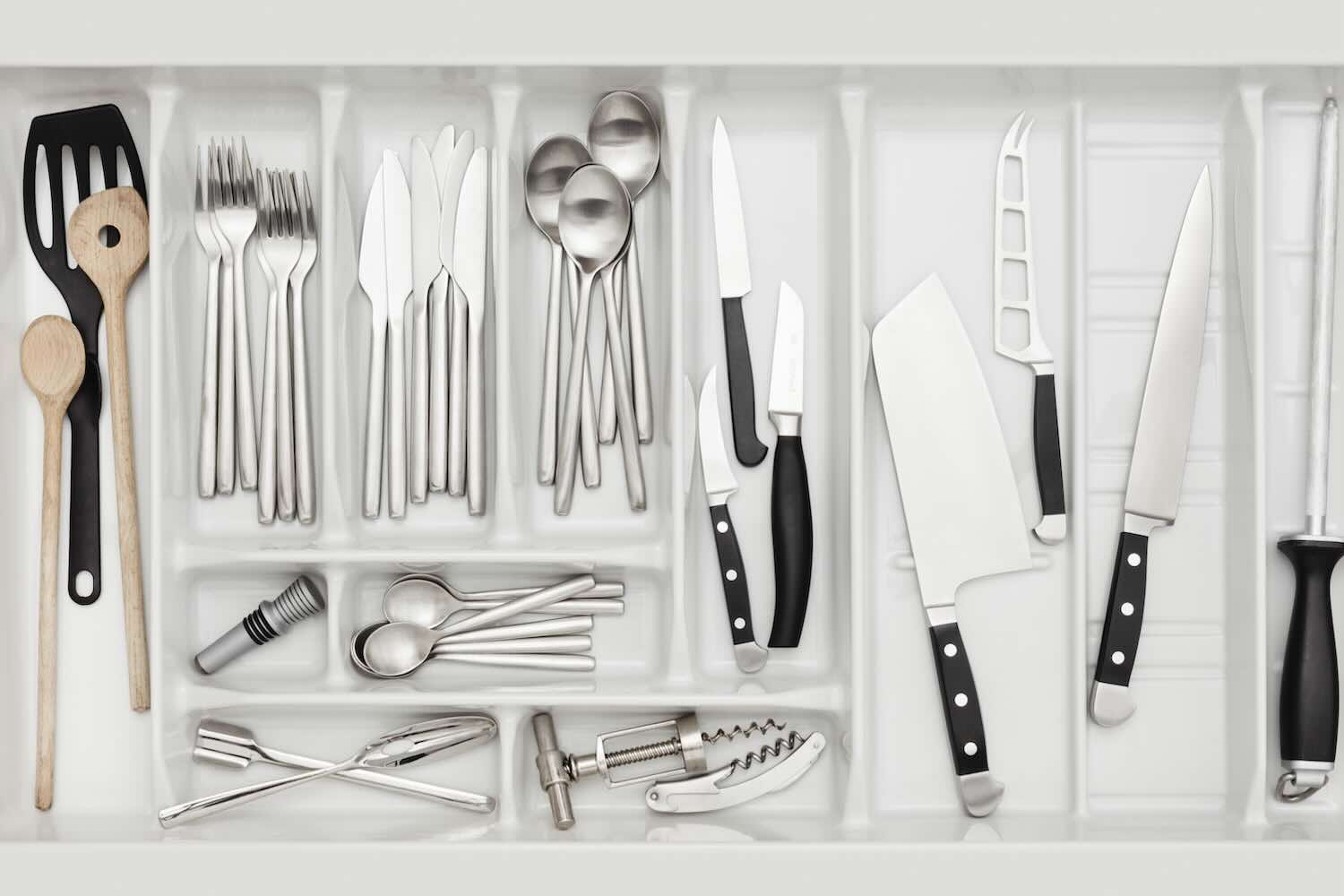
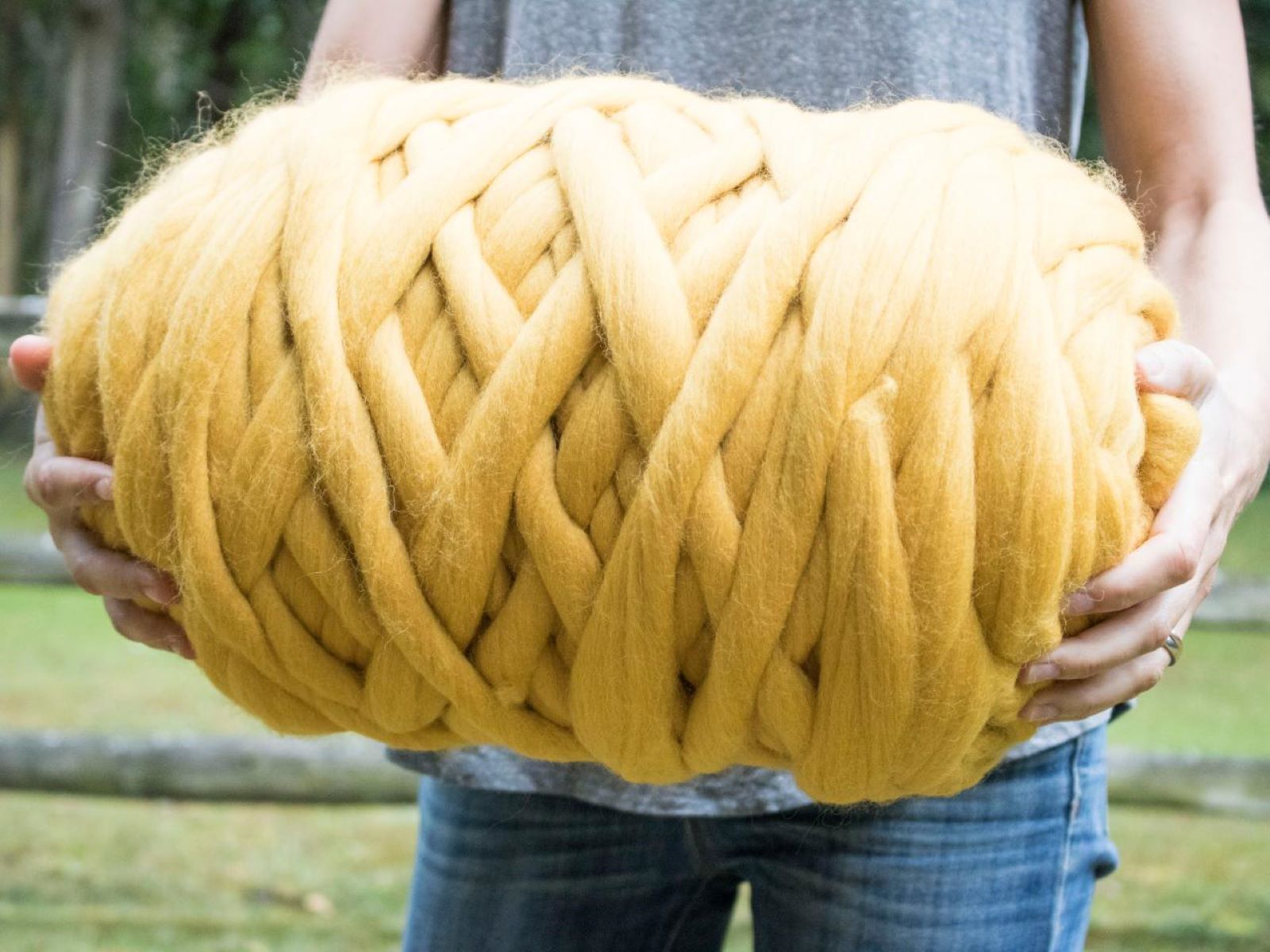
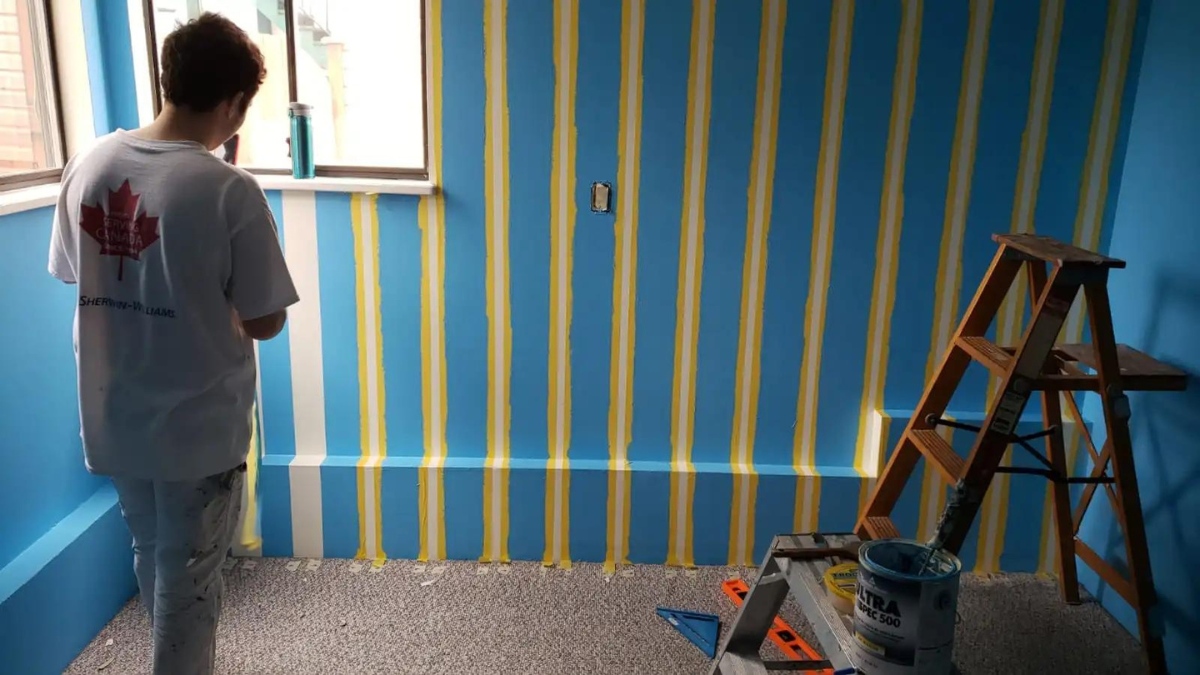

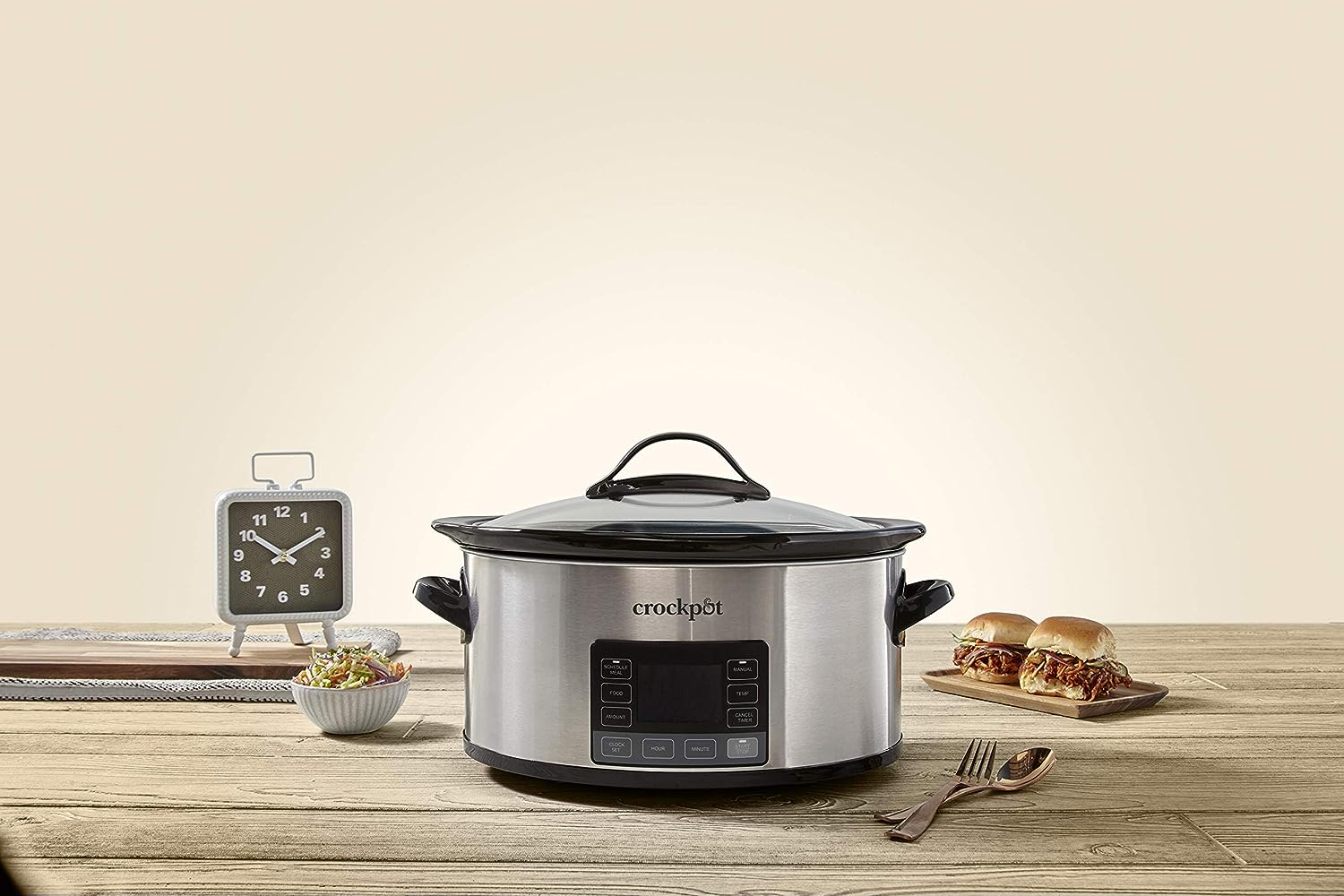



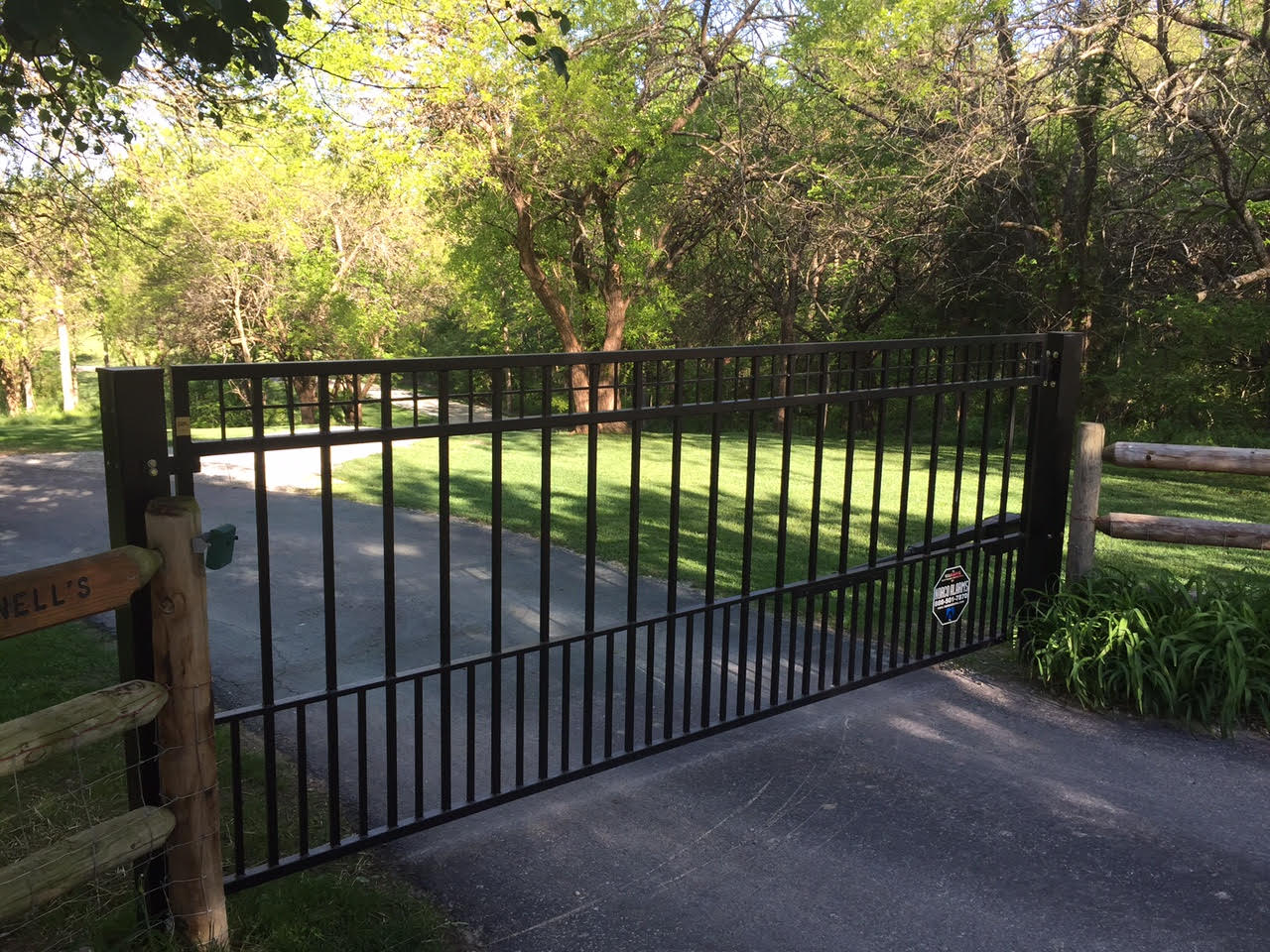

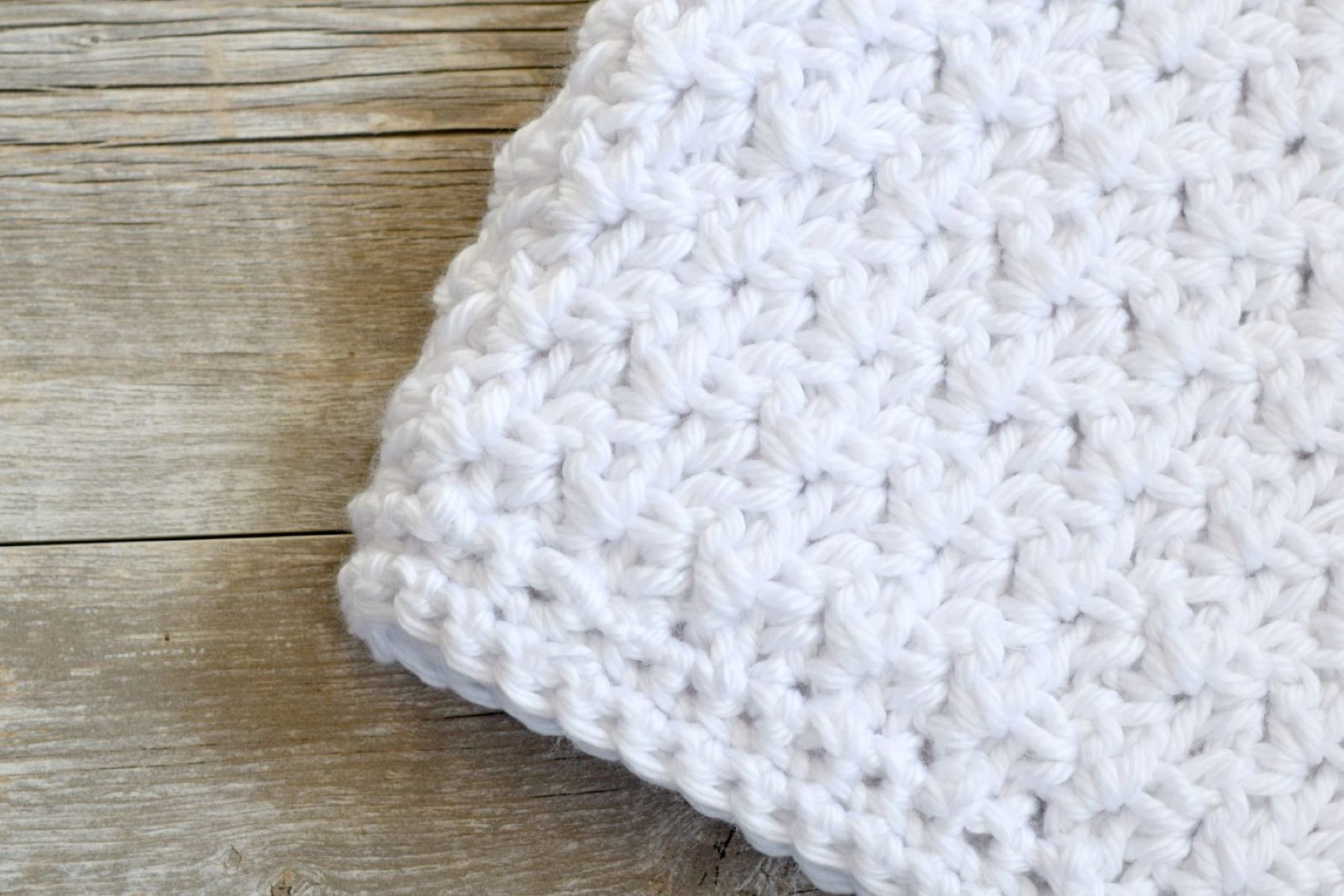

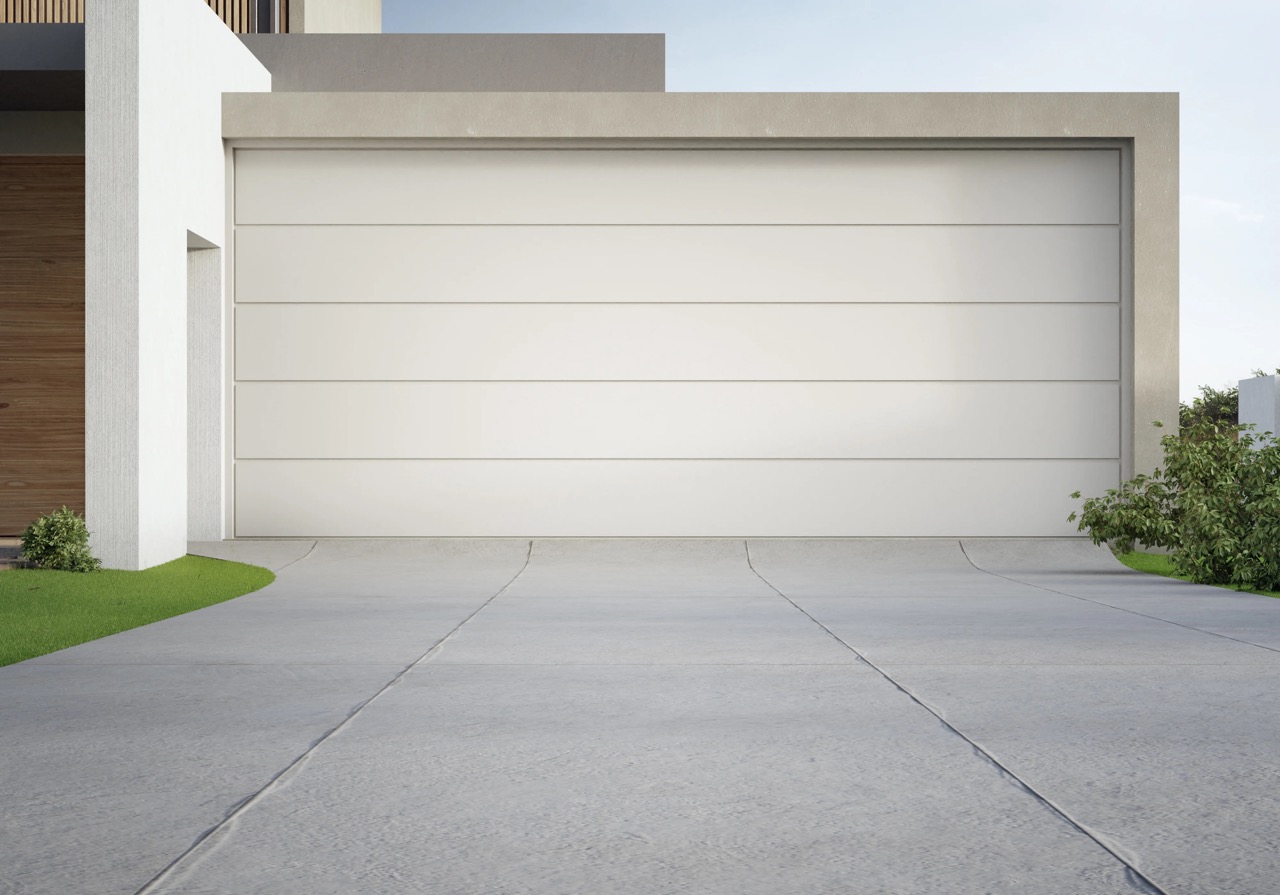


0 thoughts on “How Much Do You Need To Paint Driveway”